The most extensive street in Porto begins in Marquês and goes on to the Circunvalação road practically in a straight line, one of the limits of the city. A long drive with lots to discover.
Built in a predominantly rural area of the city, this street still plays an important role in the flow to the eastern part of the city, but also in access to neighbouring counties. Already in the nineteenth century, people and goods passed here on their way to Guimarães, Braga or Penafiel.
The Rua de Costa Cabral stood out from the old streets not only by its more regular geometry, but also by the paving. It was baptized with the name of Costa Cabral, minister who was not popular in Porto. Therefore, the inhabitants of the city did not adopt its title, preferring to call it Estrada da Cruz das Regateiras. The cross to which the name refers to is currently at the back of the church of Paranhos. Previously it was in a square where there was a post of collection of taxes on the goods that entered the city; the women who brought their products to sell in Porto were known for their haggling because they fought the tax authorities the price of the tax to be paid. In fact, when Costa Cabral ceased to be minister, the inhabitants of Porto destroyed the sign that indicated the name of the street.
The name was eventually accepted and the remnants of rural life disappeared. Today the Rua de Costa Cabral is mainly a commercial area with more traditional shops such as grocery stores or formal clothes rental shops, to restaurants and other businesses linked to tourism.
Points of interest
In the four kilometres that separate Marquês and Areosa, several buildings of different eras and styles deserve a closer look:
- 114 – Centro de Caridade de Nossa Senhora do Perpétuo Socorro. Building by the architect Luís Cunha, example of renovation in religious art in the 50’s.
- 196 – The former Palacete do Lima is a 19th century building that houses the headquarters of Académico Futebol Clube, a historic club in the city that still remains in operation. There is a bar open to the public.
- 220 – Old Tobacco Factory A Lealdade. This building stands out for its lively yellow tones but also for its huge iron sunroom.
- Number 323 – Modernist building from the 1940s where Cinema Júlio Dinis worked. It’s now a nightclub.
- 716 – Casa-Museu Fernando de Castro – former residence of a poet and collector; has an important collection of Portuguese paintings and several examples of gilded carving.
- Along the Rua de Costa Cabral there are several residential buildings dating from the 19th century, many of them with tiled facades with details that deserve attention on the balconies, doors and windows.
- 740/760 – Costa Cabral Block – Residential building from the 50’s, designed by the architect Viana de Lima. Classified as Property of Public Interest.
- 1121 – Hospital Conde Ferreira – was the first psychiatric hospital in Portugal. Inaugurated in 1883.

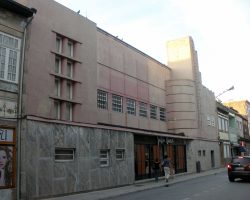
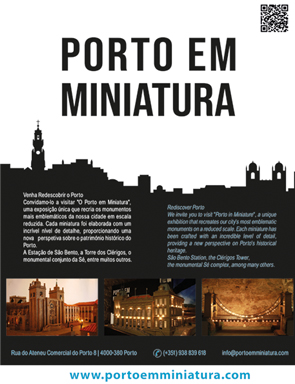
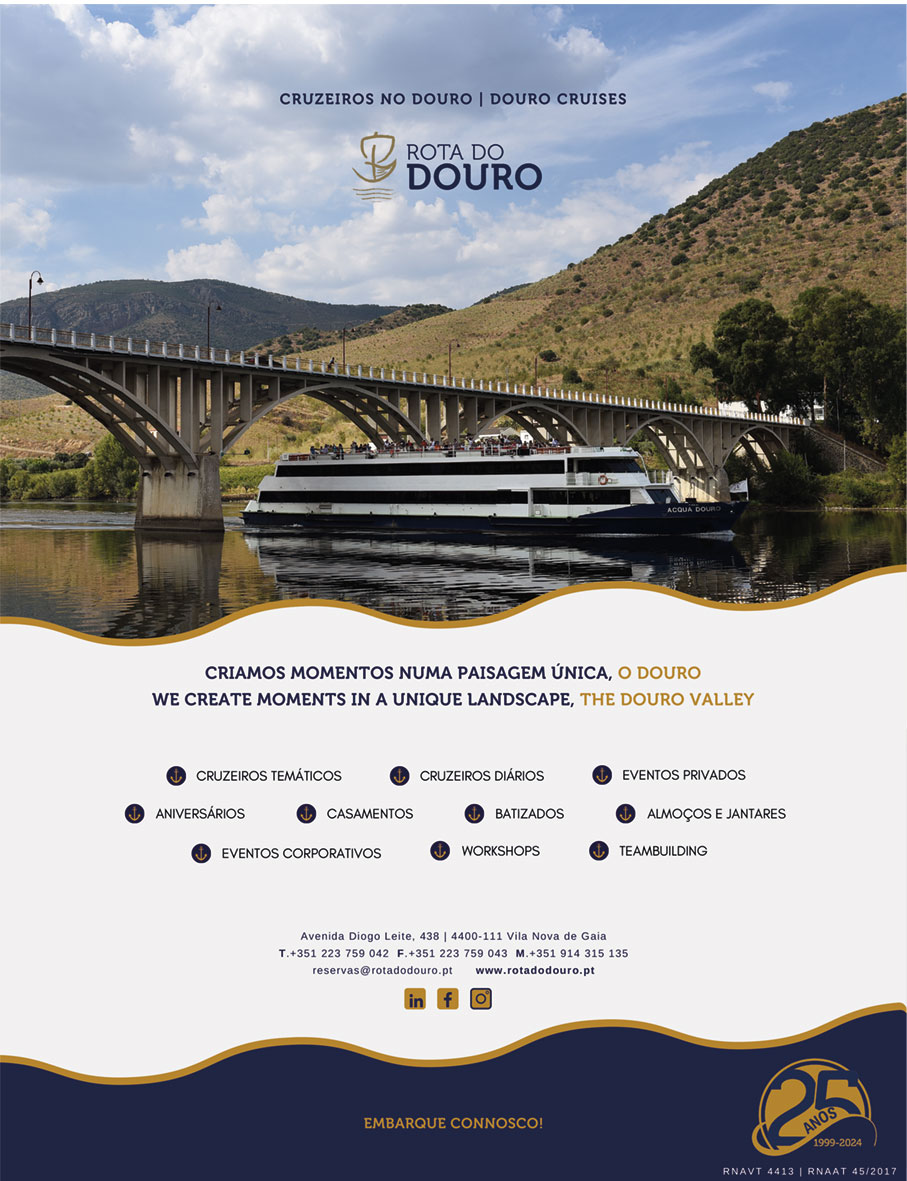
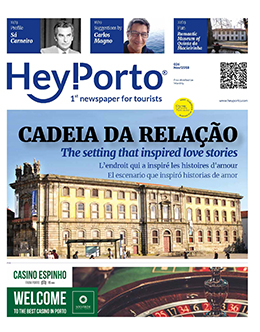
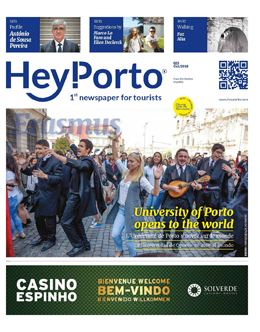


Comments are closed here.